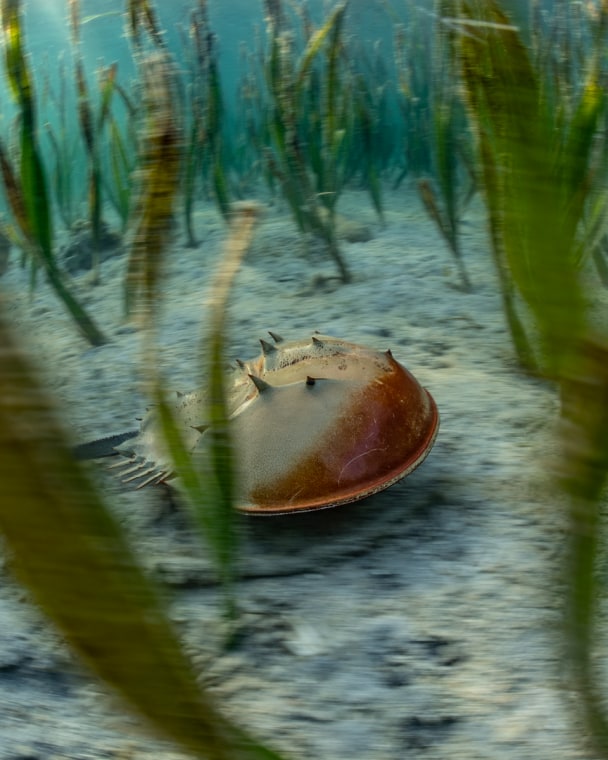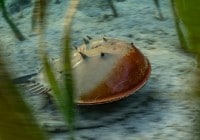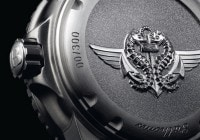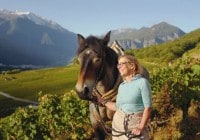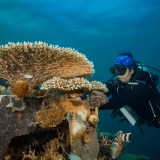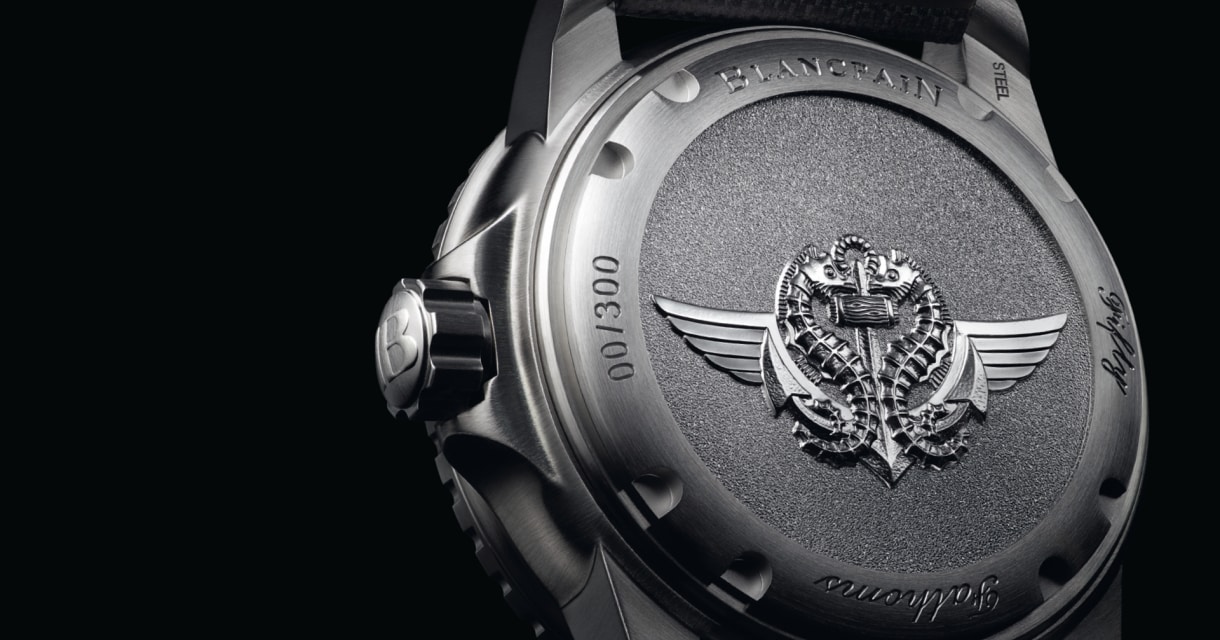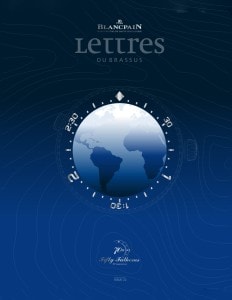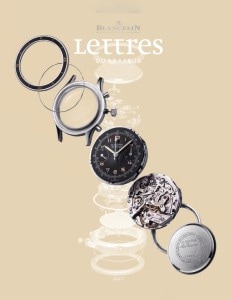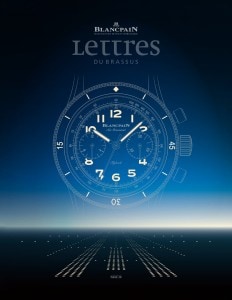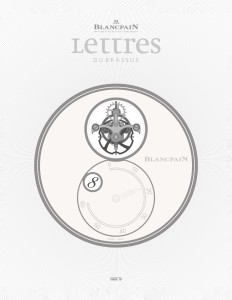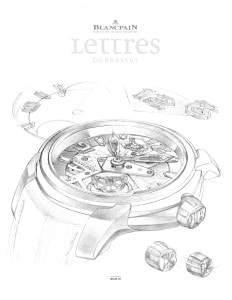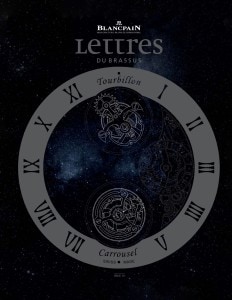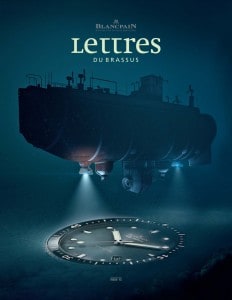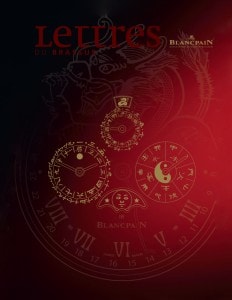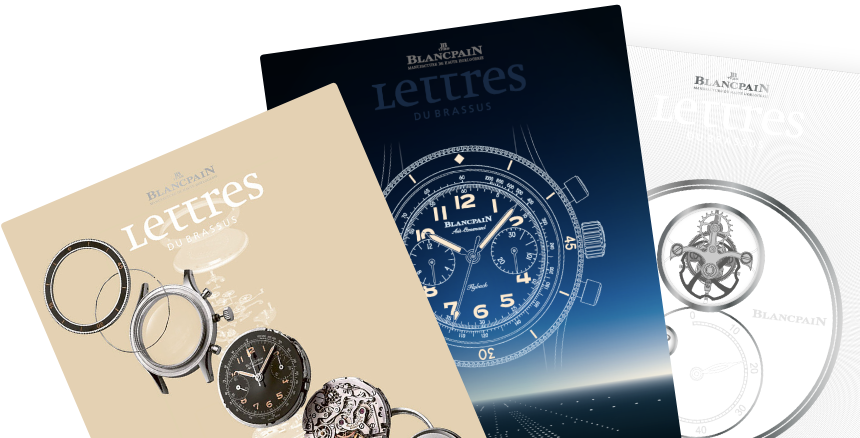
Search in Issues
Chapters
List of parts
Chapter 3
PANGATALAN the isle of horseshoe crabs
In the heart of the Philippines, an island and its totem-animal become symbols of survival and ecological restoration…
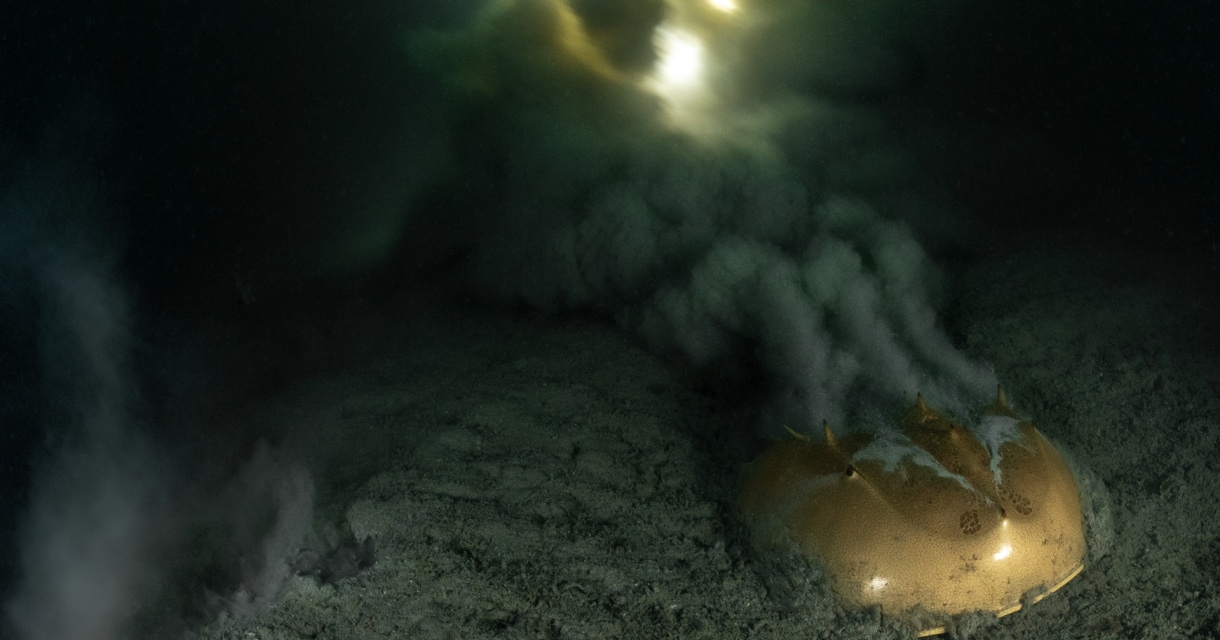

Horseshoe crab escorted by juvenile golden trevallies, also known as pilotfish Gnathanodon speciosus.
Its enduring MORPHOLOGY has hardly changed in 150 MILLION YEARS.
It’s hard to tell if it can swim… It paddles, pedals, and trots along the bottom of the sea. One thing is for sure, it moves forward. This laborious means of locomotion, efficient albeit basic, suggests that this creature comes straight from the depths of time. Nothing seems to have forced it to change, evolve, adapt. Using this crude, yet sturdy gait, it has made its way through the ages, traversing undersea mountains and valleys, largely unaffected by the great ecological crises of the past that have decimated so many species, and those a great deal swifter to boot. The dinosaurs were the strongest, but this is the creature which won. The horseshoe crab deserves respect.
Its enduring morphology has hardly changed in the 150 million years that it has been roaming the seabed. As far as I’m concerned, I’ve only been swimming with it for the past three hours. I remain above it without much effort because this living machine is more like a heavy armored vehicle than a hypersonic fighter plane. The horseshoe crab is a marine arthropod but not a crustacean; in other words it is more like a giant woodlouse than a lobster. Its bodywork is very simple, with a single huge circular shell, sheltering both the head and the thorax, no frills and just a few sharp spurs on top: nothing aggressive, this is more about being a deterrent. In terms of instrumentation, the top of the “machine” is endowed with two periscopes on the edge, on either side of the armor. Certain somewhat indulgent biologists regard them as faceted eyes. It is unlikely that they can produce a precise image; they actually serve more as light-sensitive radar systems capable of perceiving the outline of obstacles, or of distinguishing between day and night.
Certain somewhat indulgent biologists regard them as FACETED EYES. They actually serve more as light-sensitive RADAR systems capable of perceiving the OUTLINE OF OBSTACLES.
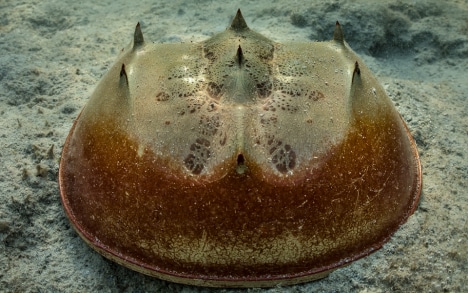
Barely visible, both eyes are positioned on the front ends of the carapace.
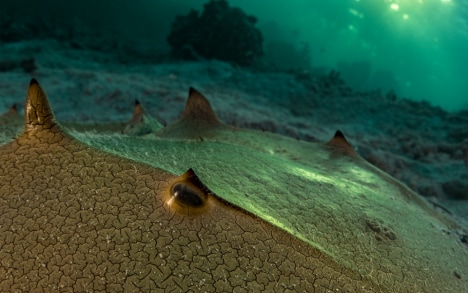
The primitive eye of the horseshoe crab.
Three hours already, and the day is drawing to a close. A few rays of yellow light still pierce the surface. It will be dark in a short while. Daytime does not linger under the sea, it disappears faster than on land. This is because of refraction, that coarse word in the physical sciences that tells us that a ray of light enters water at an angle of incidence of 20 degrees. In fact, when the sun itself is less than 20 degrees above the horizon, its deflected rays can no longer penetrate, but instead bounce back. So night falls in a flash under water. Thus, the rays tilt, leaning forward, as if the sun was bowing, taking leave of the ocean before retiring until the next day.
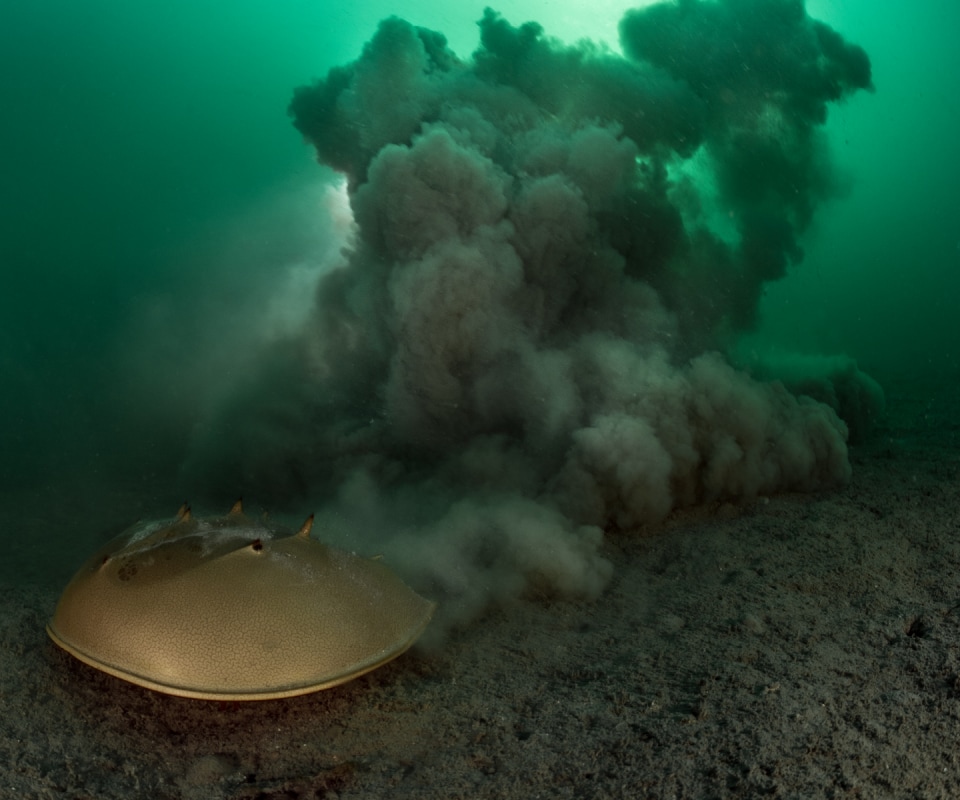
While there are no big fish yet, other aspects of BIODIVERSITY are well established, and even ready to welcome SHARKS and MAMMALS.
This first dive ends at night. It isn’t long before we have removed our kit and reached the top of the tiny island of Pangatalan, a small four-hectare rock lost northeast of Palawan in the western Philippines. We are settled in the unexpected comfort of a superb residence. This island is privately owned and managed by a French couple named Fred and Chris Tardieu. They loved the country and wanted to move here.
Making their dream come true took “only” about 30 years, a healthy dose of determination bordering on stubbornness, along with some serious know-how in the fields of architecture, earthworks, construction and land management. For it was not merely a question of building a large and beautiful house on the top of their land, but also of restoring the island’s entire ecosystem.
For ten years, with the help of all the inhabitants in the region, they patiently replanted 60,000 trees and plants to hold the soil and provide fruit, and almost 10,000 mangroves to replenish the island’s protective swamps. A little later, they began to restore the coral reef that borders the island. Reaching the limit of their competencies, they asked a motivated, willing young marine biologist, Thomas Pavy, to spend two years with them on the tiny islet in order to establish an environmental analysis of the subsea section. After counting and taking an inventory of the fauna and flora, as well as mapping the habitats, he worked on having the island classified as a Nature Reserve. In parallel with this semi-political work, the actual fieldwork continued. In the dead zones, Thomas and Fred patiently installed nearly 300 small, simple, solid, stable concrete components to which they attached broken coral branches found on the seabed, but still alive. Their future growth depends on this beneficial stability. In time, the artificial reefs will disappear under the growth of natural counterparts. Thanks to perseverance, the island was officially declared a marine protected area in 2016 by the local Philippine government.
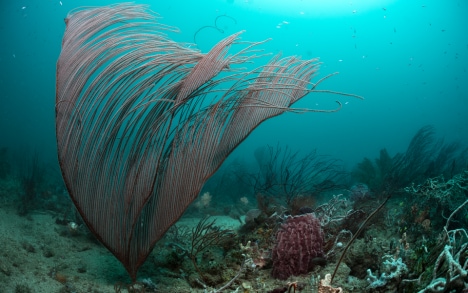
Red whip fan coral (Ctenocella sp.), battered by the Pangatalan channel current.
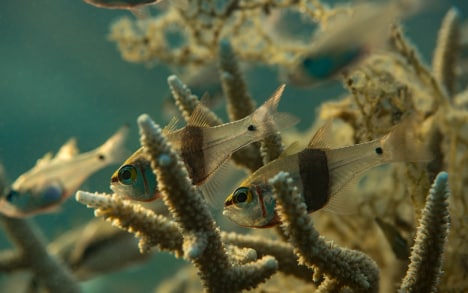
Apogons emerging from the coral at sunset.
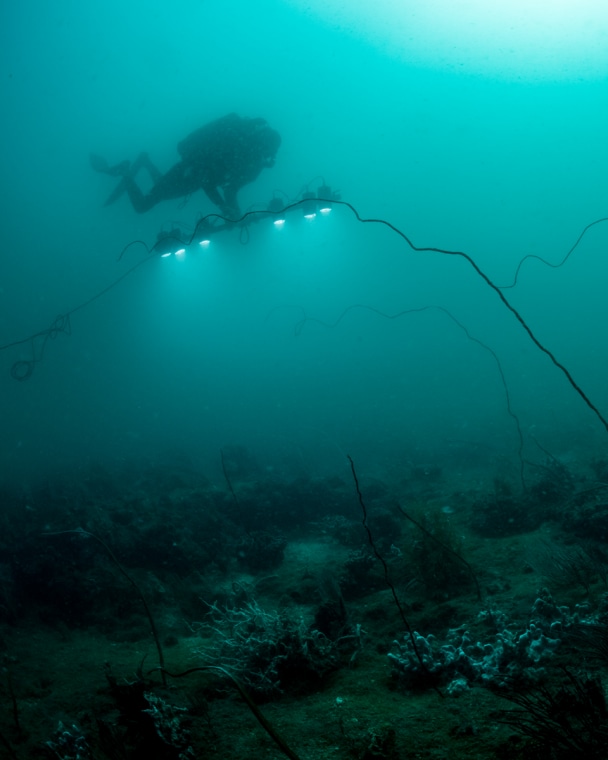
Coral reef fencing.
Pangatalan has come a long way. For decades, it was deforested right into its mangrove swamps, and the reef overfished using dynamite and cyanide. The picture before us, once underwater, doesn’t look like a disaster area. It is clear that the story may have a happy outcome. The island is now actively protected. A cruel dilemma when it means pushing out some ragged fishermen, who couldn’t care less about nature conservation when their own survival is at stake. Little by little the reef is coming back to life. It is a developing ecosystem that we are being asked to study and illustrate. Despite the fact that there are no big fish yet, other aspects of biodiversity are well-established and even ready to welcome sharks and mammals like the Pacific Dugong, which local rumor has it was present in earlier times.
While waiting for the return to full biodiversity, my comrades and I continue our dives in this unique universe. Florian takes thousands of shots of the artificial reefs, which are transformed into a three-dimensional photogrammetric model. In a few months, a few years, it will be good enough to do a new round of shots and mysterious algorithms will tell us with extreme precision how the coral has evolved since it was planted. As for me, photography takes on a new dimension here. Usually, it is a question of enhancing reality: making that which is wonderful more beautiful, and rendering that which is disastrous more dramatic. Things are different here, where the approach must be nuanced, illustrate hope and at the very least look for signs, the symbols of a possible renewal. The islet of Pangatalan is at the end of a huge bay. Its waters are not transparent, but somewhat green: the color of waters rich in plankton and organic matter, everything required to nourish and heal a wounded ecosystem, to accompany the convalescence of a reef.
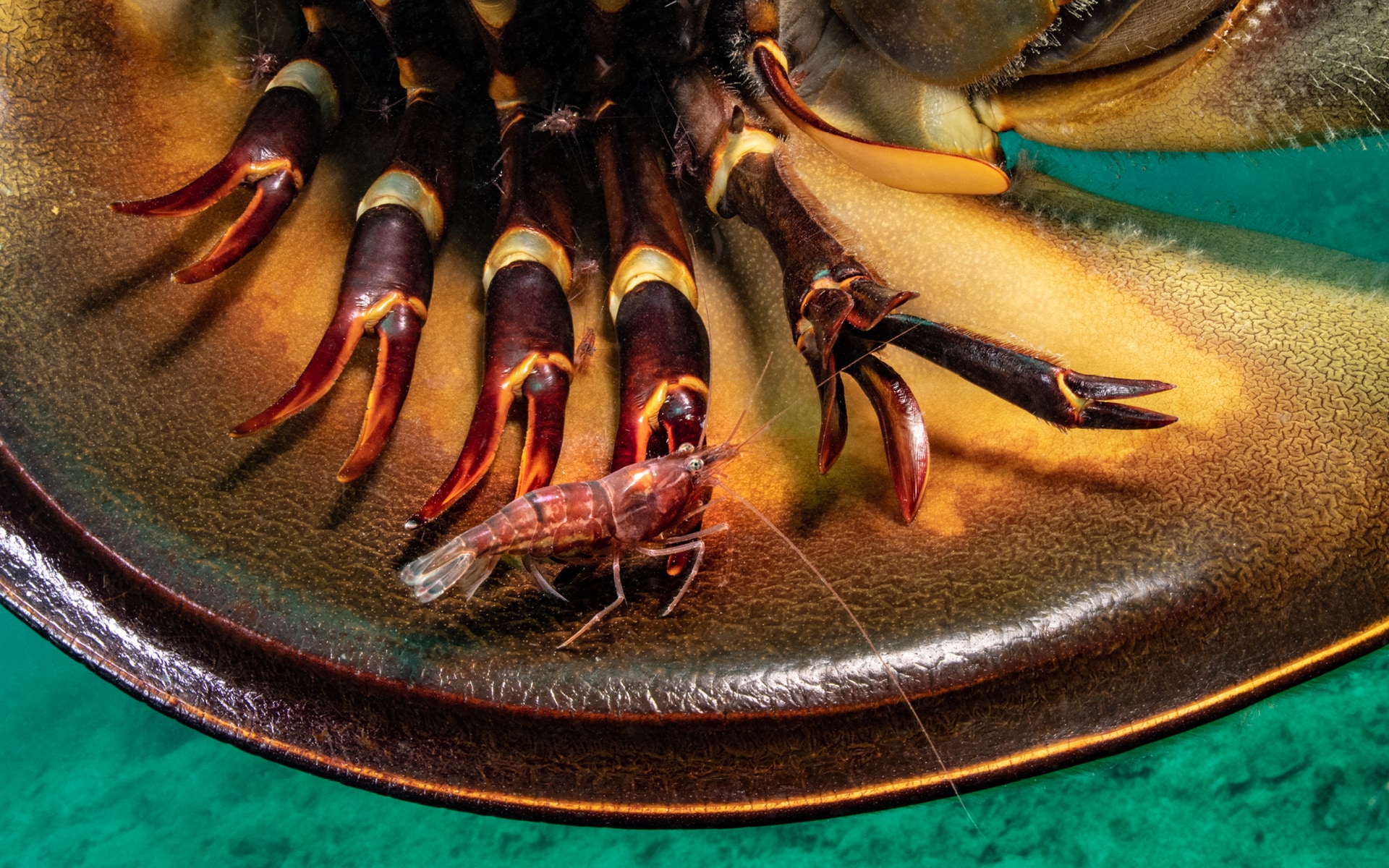

When the horseshoe crab moves, its rigid TAIL marks the mud with a SLIGHT FURROW.
Every morning, from the very first dive, the horseshoe crabs are there. It must be said that Cédric, who helps me in my work, makes it a point of honor to find them. This includes having to abandon his last pair of fins as he searches the mud plain relentlessly until he spots them. He has a trick to avoid searching at random: like a trapper, he reads the prints left by the beast in its path. When the horseshoe crab moves, its rigid tail marks the mud with a slight furrow. The problem is that the mud is light and the track quickly erased. All the more reason to survey the seabed as quickly as possible. Cédric even finds a track that appears to be double. Two tracks, two crabs? Intrigued, he goes back up the track and comes across a pair in the middle of mating, one holding on to the other. The male’s shell has a notch at the front to better fit into his partner’s round carapace. The female thus carries a male on her back, certainly well-adapted to the curves of his bride, but frankly not very expressive and definitely taking his time about the proceedings: mating will continue for 15 days. Fifteen days during which Lady Horseshoe is forced to accept this conjugal burden until her man finally deigns to have had enough.
When this lengthy ordeal is over, the females head back to the shore, climb onto the beaches, and lay thousands of eggs right on the shoreline, where the waves and tide still wet the sand. Finally freed of their reproductive instincts, the horseshoe crabs return to the depths of their mud plains. The largest and most active are escorted by small golden trevallies, opportunistic juveniles always on the lookout for prey buried in the sediment and brutally exposed by the digging of horseshoe crabs serving to plough the terrain. The fish dart and twinkle above the site, flaming beacons of this silent Caterpillar of the seas. And they are not the only ones who benefit from this living vehicle. On closer inspection, under the hood we discover a whole small world, a population of shrimps that live in the very heart of the gears of this organic machine, between the articulated legs of the horseshoe crab.
The female thus carries on her back the male, who definitely takes his time about the proceedings: THE MATING WILL CONTINUE FOR 15 DAYS.
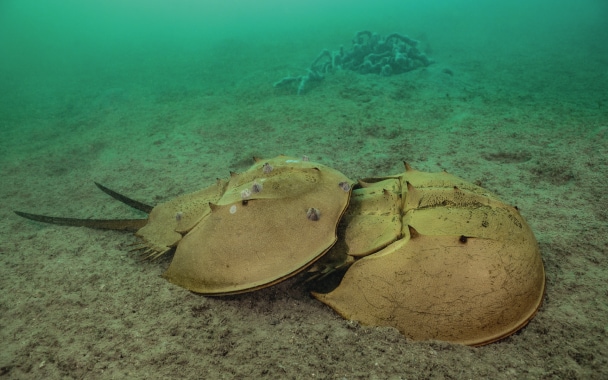
It is now classified as a VULNERABLE SPECIES. Not so in Pangatalan. The convalescent island is a HAVEN OF PEACE for the horseshoe crab.
Thus is the life of this imperturbable creature, and one might naively believe that it will last forever, as it seems so solid, Spartan, ascetic. If the guarantee of happiness is to want what you already have, the guarantee of sustainability lies in having capacities superior to your needs. Everything would therefore work out perfectly and forever, had man not discovered that the horseshoe crab is a pharmaceutical treasure. This timeless animal is no longer out of reach. As soon as it becomes desirable, the balance is endangered. The horseshoe crab has blue blood and I am not talking about its nobility, but about its hemoglobin. One should say hemocyanin to be precise because the central atom is not iron, which makes red blood, but copper, which makes blue blood. Blue as sapphire, and even more expensive than gemstones: $14,000 a liter because its plasma contains Amoebocyte Lysate, a molecule that is impossible to synthesize and which can detect the presence of toxic bacteria in human vaccines. More than 500,000 horseshoe crabs are caught each year and 30% of their precious blue blood is extracted. Those who survive are released, but they are weakened, disoriented, and most often die as a result of the process. In Delaware Bay, south of New Jersey, 75% of the horseshoe crabs have already disappeared since the 1980s. As a result, this champion of survival, whose family has been on Earth for 450 million years, is now classified as a vulnerable species. Not so in Pangatalan. The convalescent island is a haven of peace for the horseshoe crab. Protecting this place means protecting human beings. The island, the horseshoe crab, an idyll.
